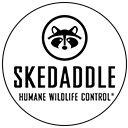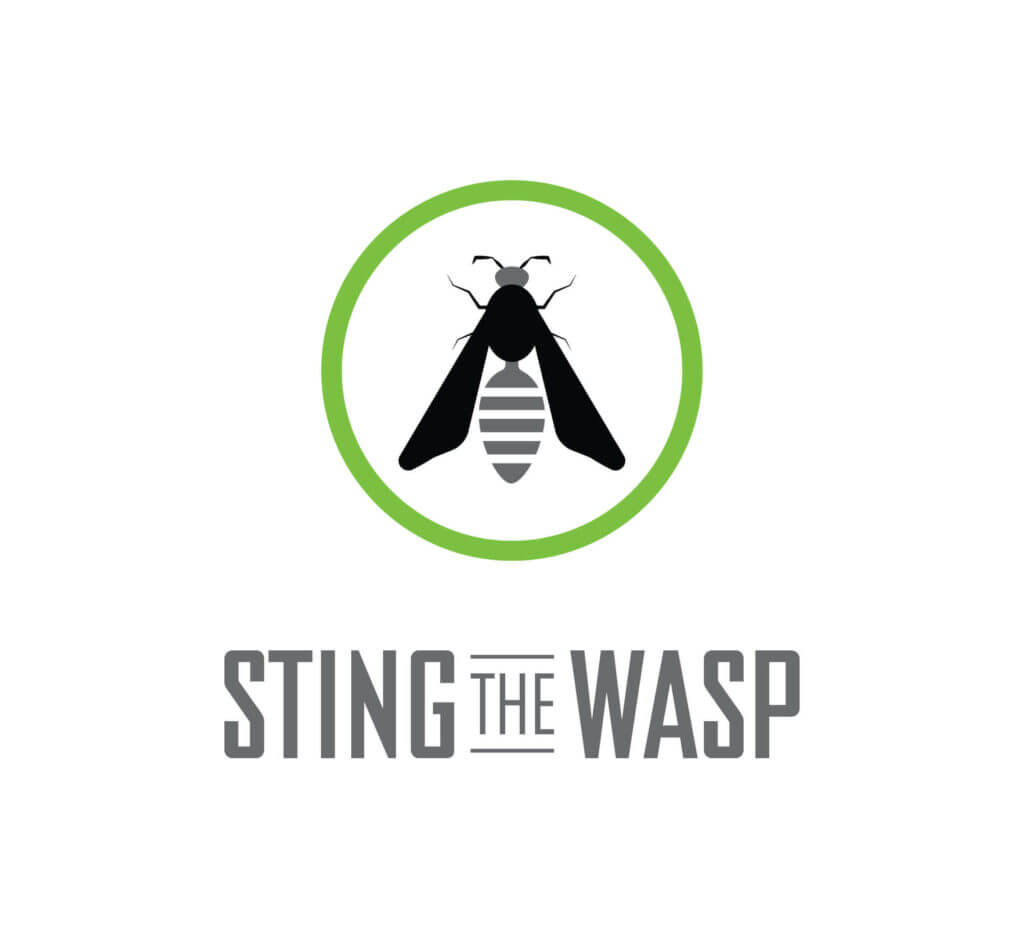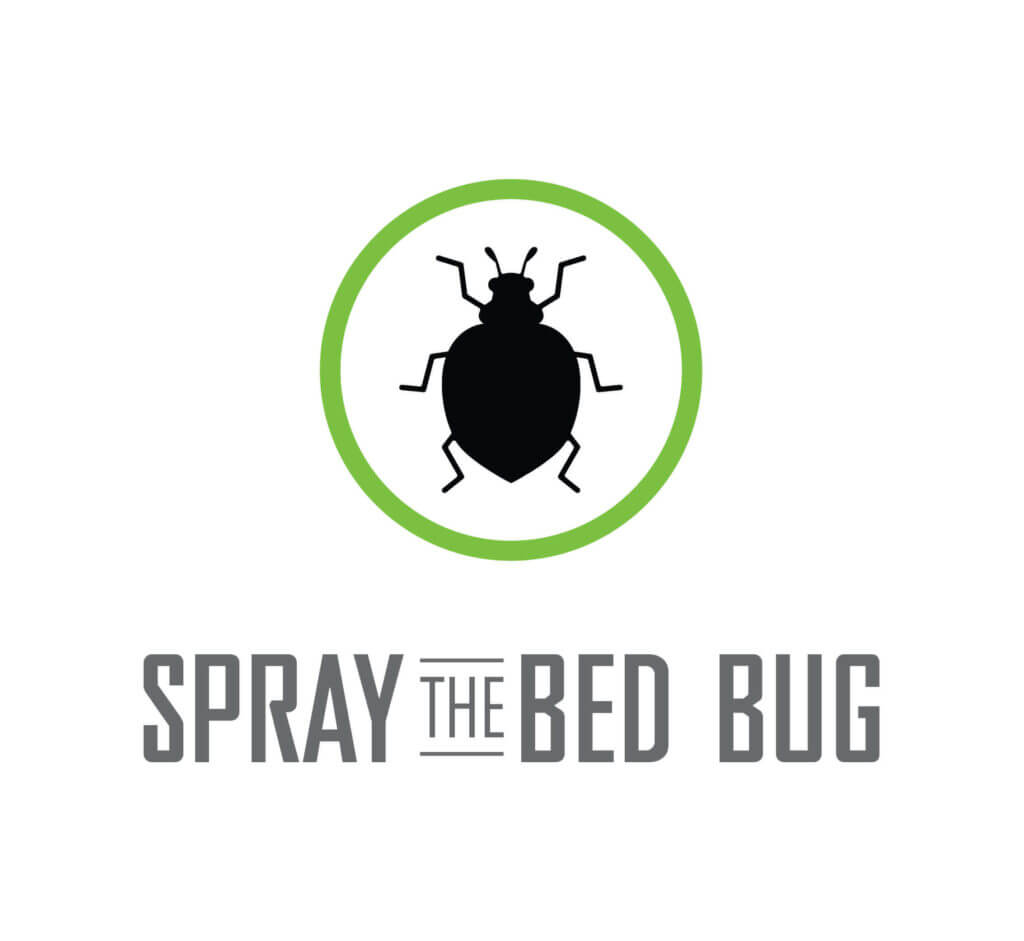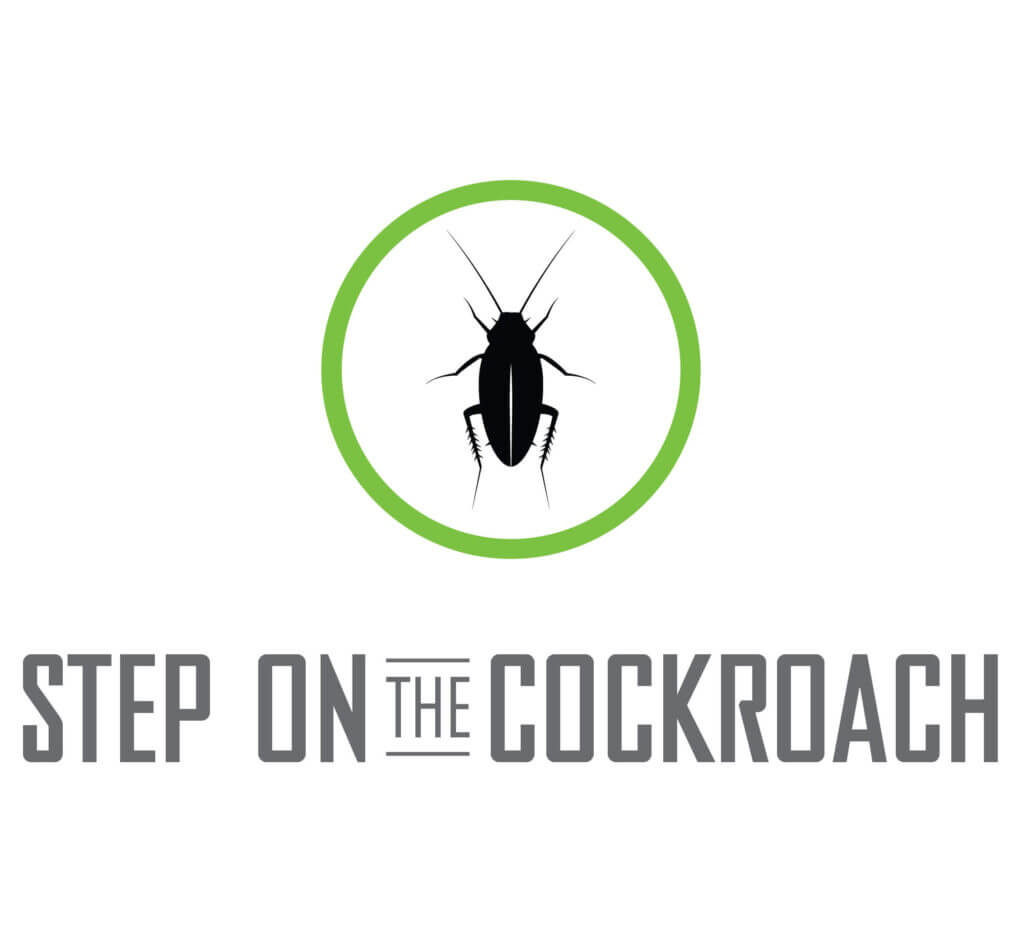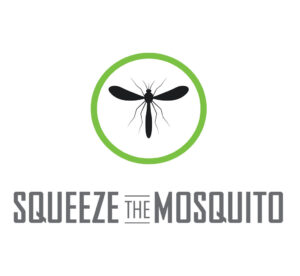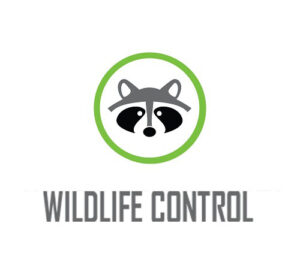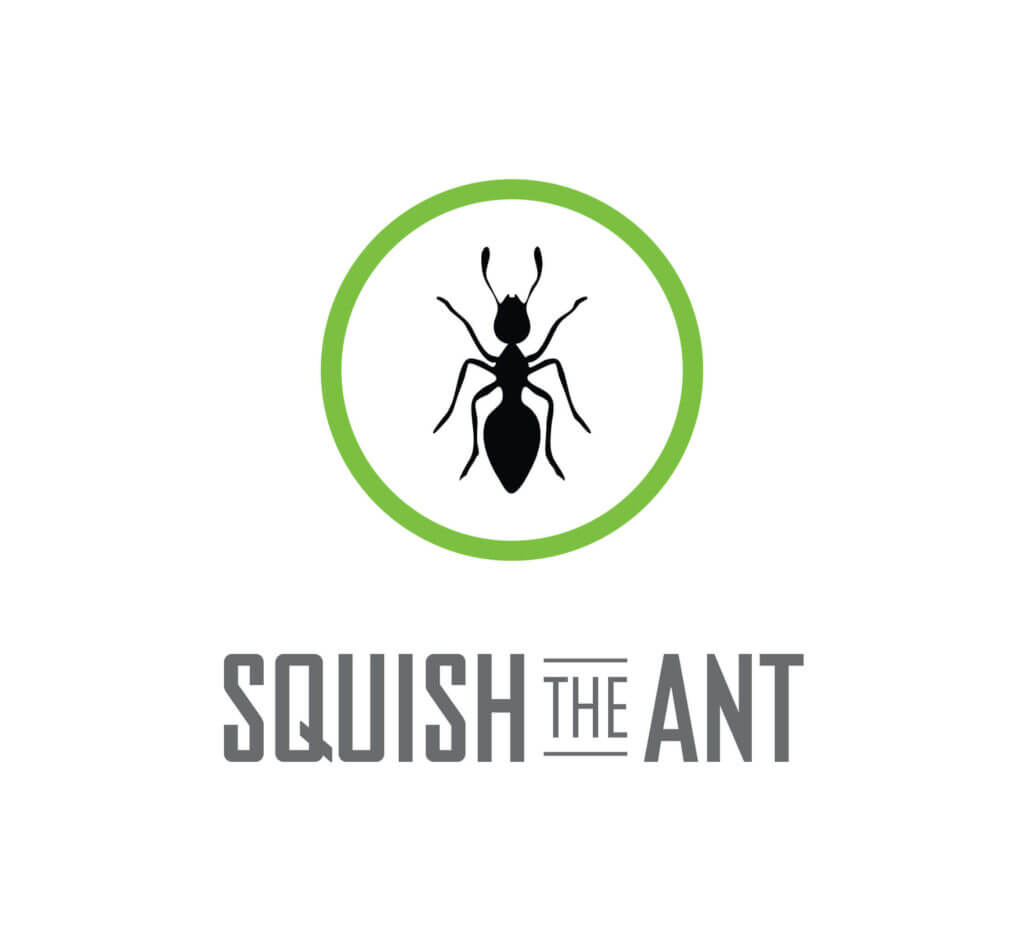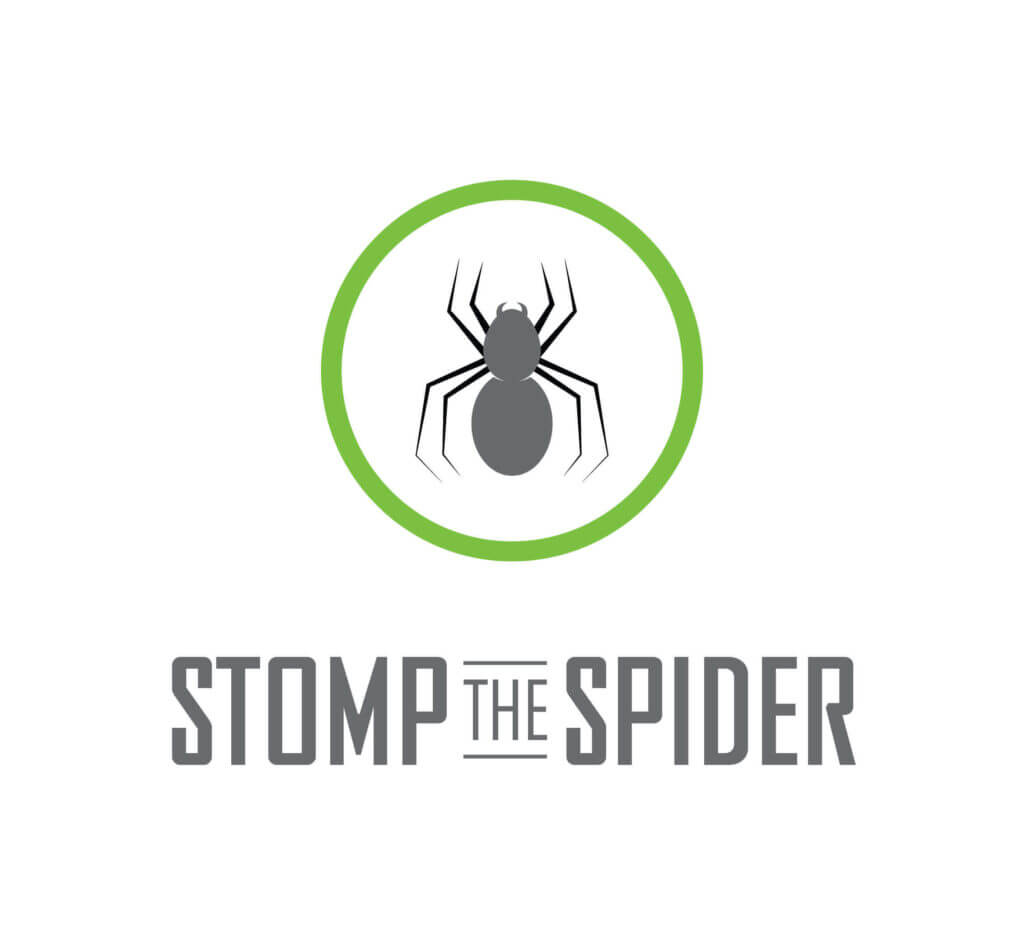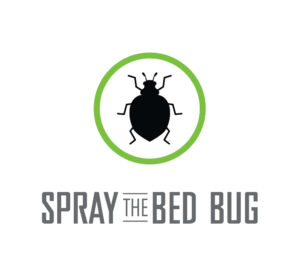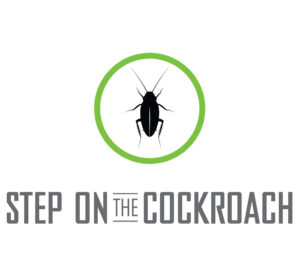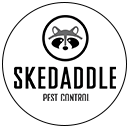SKEDADDLE WILDLIFE CONTROL SERVICES IN OTTAWA
Skedaddle Humane Wildlife Control has been providing humane wildlife control services for Ottawa residents since 1993. As the leader in humane wildlife removal, Skedaddle has pioneered and refined alternative methods to traditional wildlife control that are both effective and long-lasting. We perform hands-on removals, no trapping, no relocating, and install permanent exclusion barriers to keep animals out of your Ottawa home. You can trust our three decades of experience safely and effectively removing urban wildlife from homes and businesses in Ottawa.
No two houses or wildlife intrusions are the exact same, that’s why Skedaddle Ottawa provides customized full-service animal removal solutions. Our trained technicians take into account the species involved, their biology and your homes’ construction to ensure we implement the ideal wildlife removal strategy. As the capital region has continued to grow and expand, the need for thoughtful wildlife management has only intensified. Killing or relocating wildlife are methods that have proven to be both inhumane and ineffective for resolving complex wildlife conflicts, especially those involving wildlife babies. In many cases these actions only lead to repeat infestation and further expense for property owners. Our wildlife control services are designed to keep wildlife families together, protect properties from future intrusions and reduce expensive property damage.
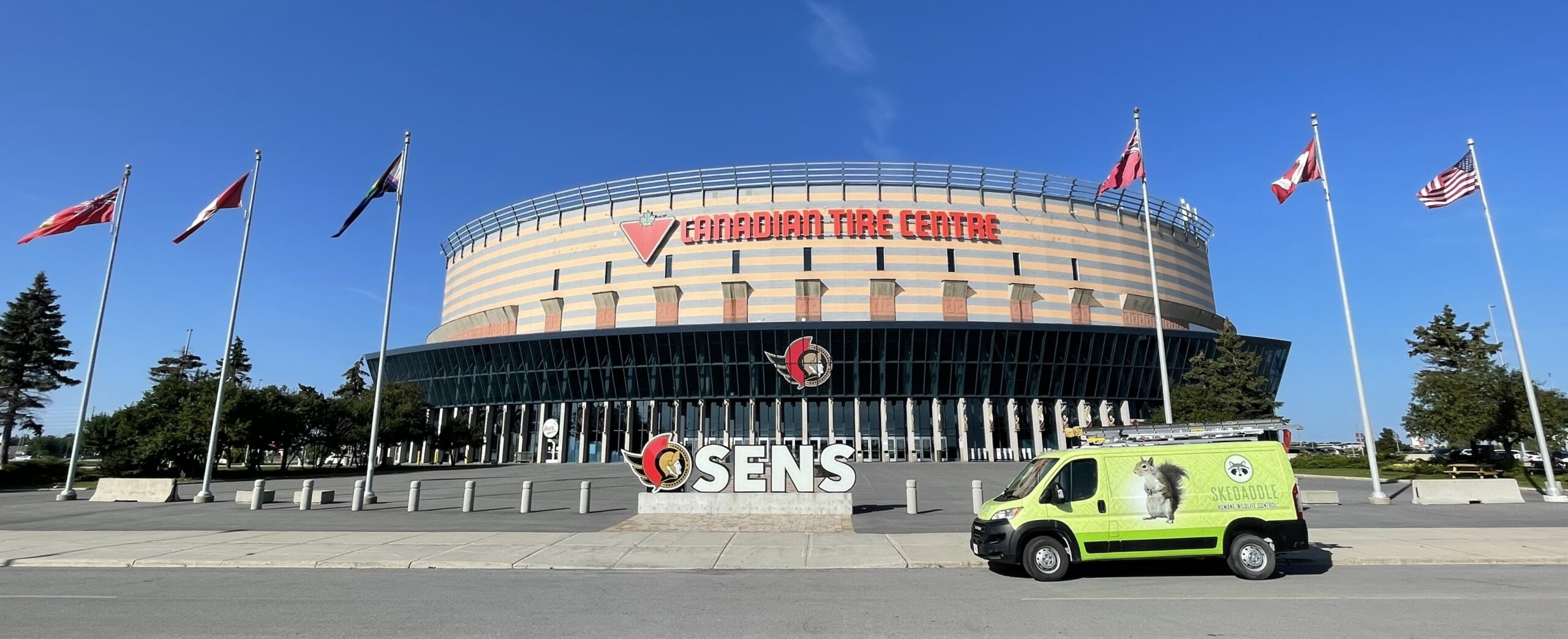
NUISANCE WILDLIFE FOUND THROUGHOUT OTTAWA
Ottawa is one of Canada’s largest cities, with an urban core surrounded by residential and commercial development. Beyond the immediate suburbs, the National Capital Region is covered by the Greenbelt consisting of vast expanses of forests, wetlands and farmland. Ottawa has rich biodiversity that is aided by its location at the confluence of the Ottawa and Rideau Rivers. Over 50 mammal species call the city home and over 300 bird species live in or pass through the city each year. While some wildlife species rarely, if ever, venture outside rural or natural spaces, a number species have adapted their behaviour to survive in the urban jungle. Like many large cities in North America, Ottawa residents are no stranger to sightings of raccoons, squirrels, skunks, mice and rats in their yards and on their streets. Despite continued development, these species in particular continue to thrive in Ottawa’s urban and suburban environments.
Living side by side with wildlife is not without its challenges, clever urban animals thrive in Ottawa in part because of ample nesting and den site opportunities. Attics, vents and chimneys along with decks, sheds and garages are ideal places for urban animals to curl up and ride out Ottawa’s notoriously harsh winters. Once spring rolls around these same sites serve as wildlife nurseries for newly arrived litters of babies. The arrival of the spring and summer wildlife birthing season is the busiest period of the year for Ottawa wildlife removal services, with babies introducing added complexity to the process. Skedaddle Humane Wildlife Control was founded with the purpose of providing homeowners humane and effective solutions when wildlife get too close for comfort, even during baby season.
While raccoons, squirrels, skunks, bats, and mice are well established in Ottawa, it is rats that have been an increasing concern for Ottawa homeowners in recent years. Once considered an urban pest, found primarily in Ottawa’s core, rats can now be seen all over the city, raiding bird feeders and making their way into homes. The city’s 3-1-1 phone line received 1,197 rat related complaints in 2021, up from 842 in 2020. Orleans led the way with the highest number of complaints of any ward. With a growing rat population and an increase in local infrastructure projects, it is very important for homeowners to keep their homes clear of any debris that could provide shelter and properly secure all garbage bins.
CHECK OUT OUR LATEST BLOG
Why Businesses Need Routine Rat Inspections to Stay Pest-Free
The Adaptability of Rodents: How Mice Can Survive Anywhere
Bird Feeders: Helping Wildlife or Harming It?
HOW CAN WILD ANIMALS ENTER YOUR OTTAWA HOME
Ottawa’s urban animals are opportunistic and usually maintain multiple den sites in any given area they live. As they forage for food they are always on the lookout for cozy nesting and den sites. They will often take advantage of openings into homes and attics that have been created by age, weather and deterioration. Ottawa homeowners are encouraged to keep up with the maintenance of their homes and roofs and be on the lookout for small openings that can be discovered and enlarged to provide access for raccoons, squirrels, skunks, mice, rats and birds. Century homes, with more challenging maintenance and upkeep issues, in Ottawa’s oldest neighbourhoods like the Glebe, Centretown and Sandy Hill are often targeted for entry by urban animals.
Though damaged and rotted building materials contribute to wildlife entry they’re not necessary pre-conditions for wildlife to get into a house. Outside Ottawa’s core, newly constructed homes in areas like Barrhaven, Riverside South and Stittsville also see high levels of wildlife intrusion. The building methods and materials common to Ottawa, and much of Ontario, are just not designed to keep clever and determined wildlife out. Along the roofline, vinyl siding, aluminum soffits and plastic vent covers are easily bypassed by dexterous raccoon paws or the powerful teeth of squirrels. At ground level, mice and rats find gaps and openings around window and door frames, utility lines and masonry weep holes. Wildlife also seek shelter by digging below sheds, decks and porches.
Many Ottawa residents imagine fall to be the busiest time of year for wildlife intrusion, as urban animals prepare to seek shelter from sub zero temperatures. While it’s true that wildlife commonly seek out winter den sites during fall, the peak season for wildlife removal is the spring and summer birthing period. This is the time of year when mother animals seek out safe and secure den sites to have and raise their babies. Attics, vents and chimneys are the perfect den sites for mother squirrels and raccoons to stash away a litter of needy babies.
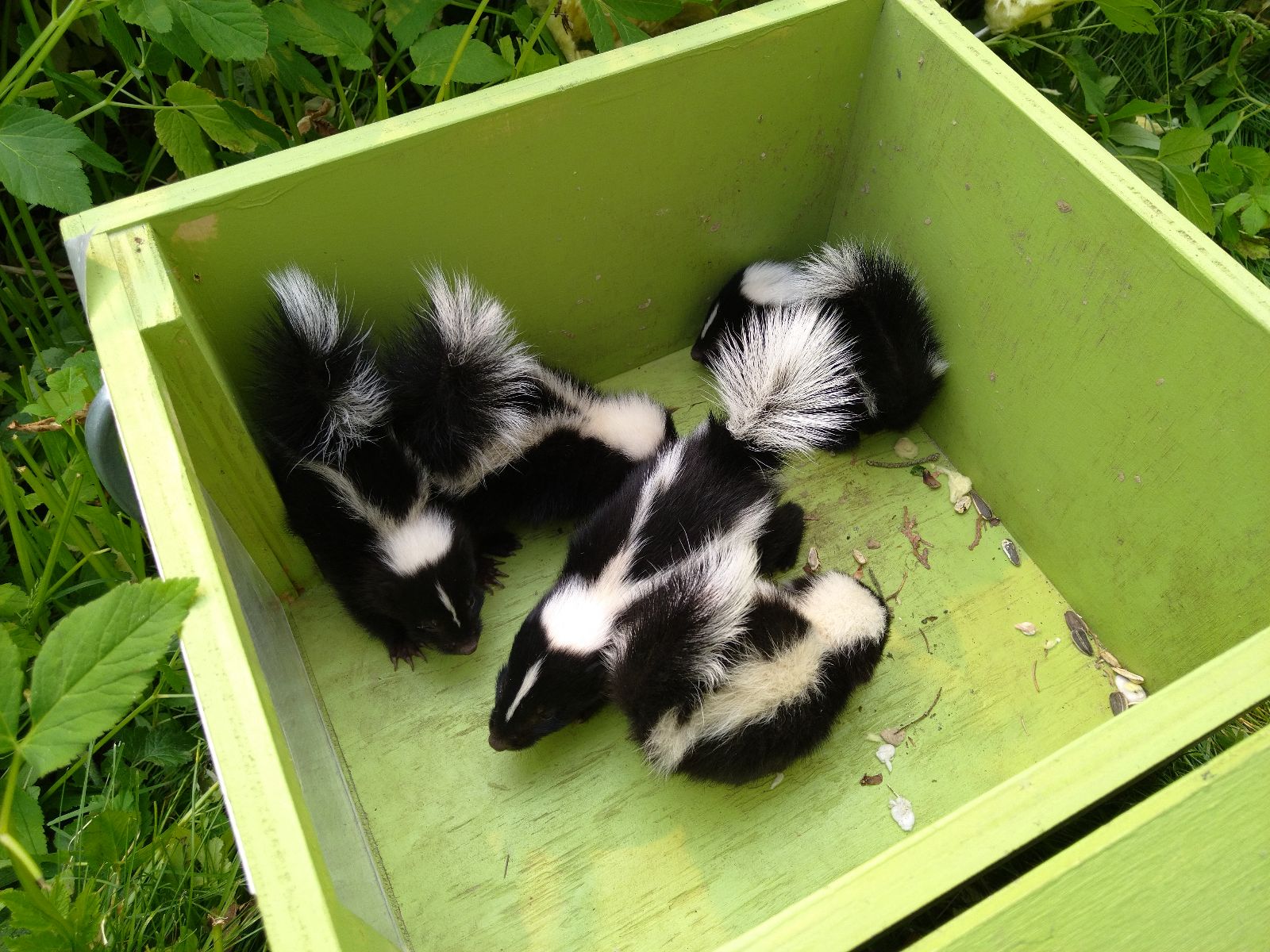
As the babies grow and explore, the level of activity inside the home ramps up leading to increased noise and property damage. The wildlife removal process during baby season is much more complicated as compared to the rest of the year. Raccoon, squirrel and skunk babies are not mobile immediately after birth and do not venture out of the den site for up to 12 weeks. The only way to humanely remove immobile wildlife babies is by hand. Finding and retrieving wildlife babies from an attic and reuniting them with their mother outside the home takes knowledge and experience. Skedaddle Ottawa has pioneered methods over 30 years that keep wildlife families together during the removal process to ensure a humane and permanent resolution to any wildlife infestation.
Once wildlife have found their way into your home they can cause expensive damage and create unsanitary conditions. The droppings from animals such as raccoons, mice and bats are particularly notable for the health hazards they can cause. Wildlife activity inside your attic may seem to come and go but the problem rarely resolves itself. At the first sign of wildlife activity, be it sightings of wildlife or strange noises coming from the attic, homeowners should seek out professional wildlife removal. The longer wildlife are allowed to live inside the home the more damage they are capable of causing to insulation, ductwork and electrical wiring. Our technicians are trained to identify and repair many types of wildlife damage and we also clean up the unsanitary mess left behind. Our goal is to provide a complete, thorough and stress-free wildlife removal experience for Ottawa homeowners.
SKEDADDLE STORIES
DO-IT-YOURSELF VS. PROFESSIONAL WILDLIFE CONTROL
Ottawa’s Skedaddle Humane Wildlife Control team understands there is no one size fits all solution to challenging wildlife problems. That’s why our trained and knowledgeable staff take into account wildlife behaviour and biology to ensure that we provide humane and effective results for all our clients. Failure to take into account how wildlife are likely to behave and react during removal can lead to additional damage or injury.
Without hands-on knowledge and experience dealing with urban wildlife species, or the skills required to properly repair the damage, there is a strong possibility of additional damage and future reinfestation. During spring and summer homeowners risk orphaning wildlife babies by trapping their mother or unwittingly locking babies inside when patching an entry point. Additional injury could result from trying to access wildlife den sites and entry points that normally require the use of ladders and working at heights. Finally, while Ottawa is known to be free of raccoon rabies, bat rabies cases have been confirmed in the city in recent years. Hands-on wildlife removal techniques can put homeowners at risk for a dangerous bite or scratch or place them into close contact with harmful droppings and contaminated material. Skedaddle’s team is trained and equipped to safely remove wildlife so that you don’t have to.
SKEDADDLE WILDLIFE SUPPORTS CITY OF OTTAWA’S WILDLIFE STRATEGY
As a humane wildlife control company, we are committed to sharing our knowledge of urban wildlife with residents of Ottawa. As part of that effort, Skedaddle founder and President, Bill Dowd was a featured guest speaker as part of the City of Ottawa’s Wildlife Speaker Series that helped to support the launch of the city’s official wildlife strategy in 2014. In an effort to help conserve Ottawa’s bat populations Skedaddle partnered with the Canadian Wildlife Federation to identify bat house locations. Under the program the Canadian Wildlife Federation would supply and install bat houses for homeowners free of charge. In addition to these efforts, Skedaddle is also a proud contributor to the Holly’s Haven Wildlife Rescue.
SKEDADDLE WILDLIFE OTTAWA, DID YOU KNOW?
What parts of Ottawa does Skedaddle service?
Skedaddle Humane Wildlife Control Ottawa has been providing services for residents of the city since 1993 and proudly services the entire National Capital Region, including Ottawa, Kanata, Nepean, Gloucester, Orleans, Stittsville, Manotick, Greely, Carleton Place and Gatineau.
What species of wildlife does Skedaddle provide service for?
The most common nuisance wildlife species in Ottawa are: raccoons, squirrels, skunks, birds, bats, mice and rats. Skedaddle Ottawa also occasionally provides services for less common urban wildlife species, including groundhogs and foxes.
How Can I Tell If I Have a Wildlife Infestation in My Home?
Signs of a wildlife infestation can vary depending on the species, but some common indicators include hearing noises in your attic or walls. You may also notice droppings, chewed food packages, or gnawed wood, which indicate rodents or other animals are present. If you find nests made of shredded materials, such as insulation or fabric, or if you smell foul odors, these can also be signs that wildlife is living in your home. Additionally, if you notice signs of damage to the exterior of your home, such as torn screens, broken soffits, or displaced roof shingles, it could be a sign that animals are trying to get inside. If you observe any of these signs, it’s important to call a wildlife control professional to assess the situation and prevent further damage.
Does the City of Ottawa Remove Wildlife?
The City of Ottawa offers services related to sick, injured or orphaned wildlife through their 3-1-1 telephone line. It is the responsibility of property owners to address nuisance wildlife living in or causing damage to their property.
Does Skedaddle Ottawa Provide Services for Commercial Clients?
In addition to residential wildlife and pest control, Skedaddle Ottawa also offers services designed for commercial clients. Our customized service plans allow you to keep your business operating smoothly. No matter the size, Skedaddle’s trained team is here to help with expert knowledge.






